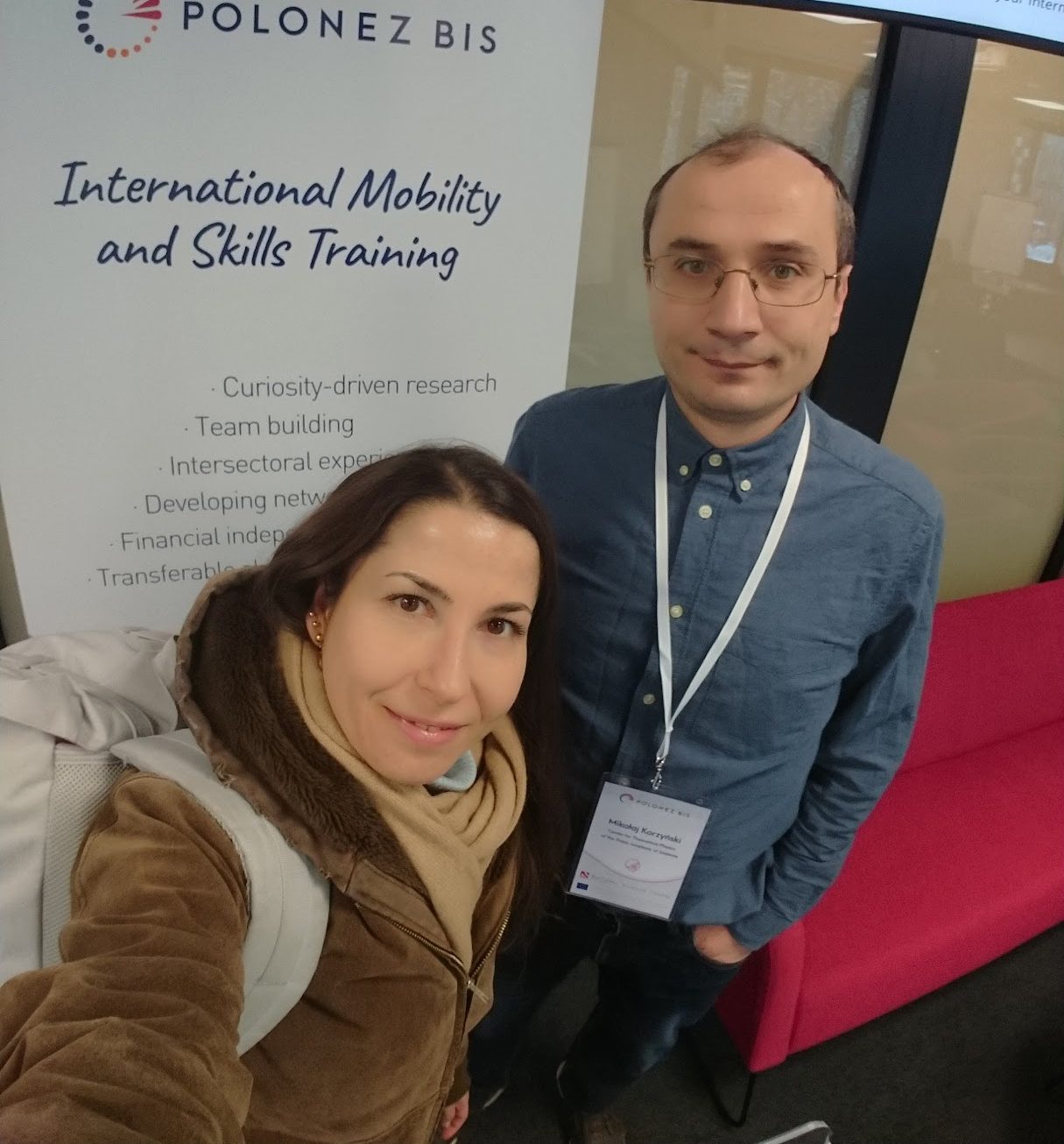Can light propagation in general relativity help us understand our physical existence in the Universe?
The information we gather from the sky observation – such as brightnesses, the distances and the image distortions – is closely tied to how bundles of light travel through space. While the movement of light is a key factor, we should also consider the effect of gravitational waves on the way we calculate the distance of astrophysical objects.
Dr. Nezihe Uzun is a mathematical physicist working as a postdoctoral fellow within the relativity research group at the Center for Theoretical Physics. Her research interests include the quasilocal energy problem, relativistic cosmological models and light propagation in general relativity. She is the Principal Investigator of a Polonez Bis project named WAQOU “Wavization and quantization of the observables in the universe”.
Dr. Uzun decided to take part in the Polonez Bis Programme because she believes Poland is one of the few countries in Europe to work on Einstein’s general theory of relativity within a broad variety of topics. “I like the fact that one can construct a project on fundamental questions without feeling the pressure of including fashionable topics in a proposal. It is fair to say that the scientific level of researchers on average is higher than the one of my home country, Turkey. Actually, this is no surprise as for the last few centuries Poland has been known for its famous world-standard physicists” – dr. Uzun says.
Her current research focuses on the behaviour of light in general relativity. During her fellowship in Poland she is studying how light acts both as a regular wave and in the particle-like wave predicted by quantum physics – especially when space itself is curved. Dr. Uzun is particularly interested in finding out whether there are new wave phenomena in the Universe which are similar to the familiar behaviours we observe in a typical transistor of an electric kettle. And, even more importantly, she wants to understand how the two distinct domains of physics (i.e., the tiny-scale world of quantum physics and large-scale effects of gravity) can be merged considering the observations of the sky? She believes that finding answers to these questions will not only help us to identify what the Universe is made of but could also give us a deeper insight into our own place in it.
One of her project outcomes was a research paper Algebraic symmetries of the observables on the sky: Variable emitters and observers she co-authored with prof. Mikołaj Korzyński, her mentor from the Center for Theoretical Physics at the Polish Academy of Sciences. In the paper abstract the authors mention a number of exact relations between optical observables, such as trigonometric parallax, position drift and the proper motion of a luminous source in addition to the variations of redshift and the viewing angle. They point out that these relations are valid in general relativity for any spacetime and they are of potential interest for astrometry and precise cosmology.
Dr. Uzun also stresses the importance of sharing the results with researchers who work in other fields. For instance, last year she was invited by the Wigner Initiative to give a talk in Barcelona. She also maintains contact with her former research group at the ENS de Lyon, France, to keep their collaboration alive. Additionally, her team recently held a small workshop at the Center for Theoretical Physics in Warsaw to discuss the light propagation in general relativity .
N. Uzun, M. Korzyński, Algebraic symmetries of the observables on the sky: Variable emitters and observers, Phys. Rev. D 110, 064043

Dr. Nezihe Uzun with her mentor, prof. Mikołaj Korzyński at the kick-off meeting of the Polonez Bis in Krakow.